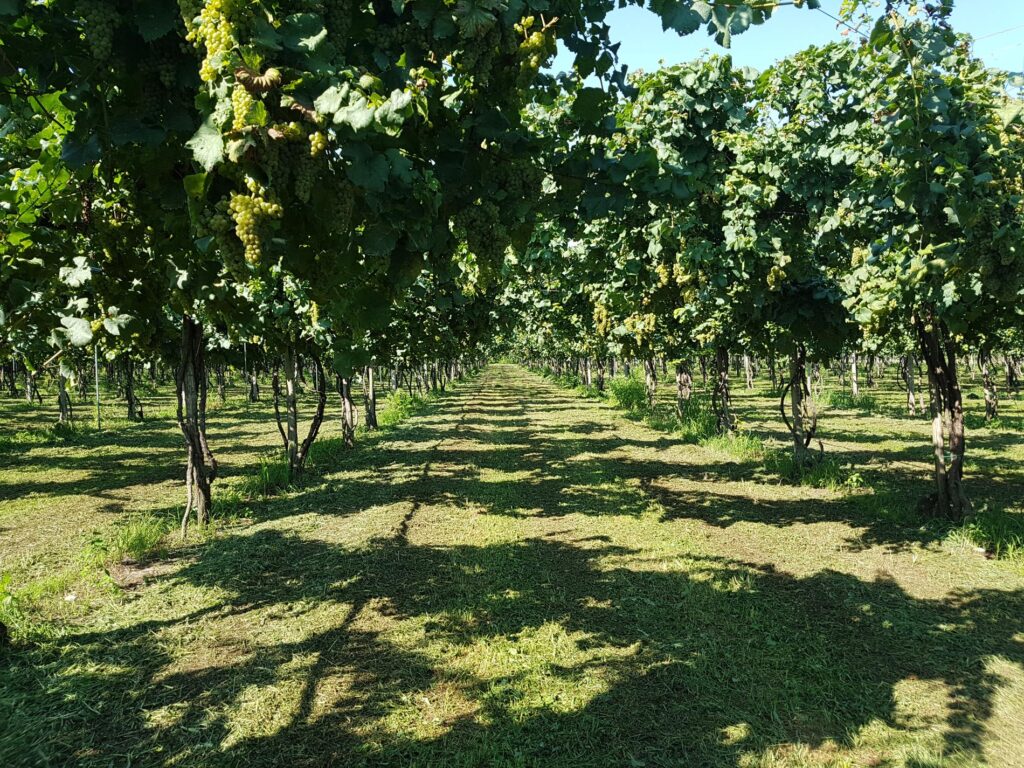A celebratory moment
The renowned area of Conegliano-Valdobbiadene, as well as a large area around Treviso, is packed with hundreds of wineries, each open for the tasting and sale of Prosecco DOC and DOCG. The grape harvest, known as la vendemmia, takes place from the end of August until mid-September, and it also becomes an important moment for celebration: after a year’s worth of hard work, the fruit is finally harvested; the pickers work fast to get the grapes to the winery as soon as possible, taking care to avoid the rain which could lower the grapes’ sugar content – an indispensable parameter for a good harvest.
How to know when the time is right
Only when the grapes have reached the right degree of ripeness can the harvest begin. But, how do we know when that time has come? Special instruments (refractometers and mostimeters) are used to measure the sugar content of grape samples. When the sugar content, measured using one of the two aforementioned instruments, remains constant for two or three days, then the go ahead is given and the harvest begins without delay. Once the sugar content of the grapes has been established, then the alcohol content of the future wine can also be calculated with good approximation.
Which methods are used?
The method most commonly used to harvest the grapes is the “classic” hand-picking method, which eliminates the possibility that the valuable Prosecco vines are damaged by the machinery employed in mechanical harvesting. To optimize the harvest, the following rules must be followed: 1) avoid harvesting the grapes when they are wet (from rain, dew, or fog) as the presence of water can affect the quality of the must; 2) reduce the possibility of the grapes starting to ferment by not harvesting during the hottest hours of the day; 3) do not use containers that are too large when transporting the grapes so to avoid them getting crushed on their journey to the winery; 4) the grapes must be transported (delivered) to the premises where the vinification will be carried out as soon as possible to avoid that fermentation starts in transit.








